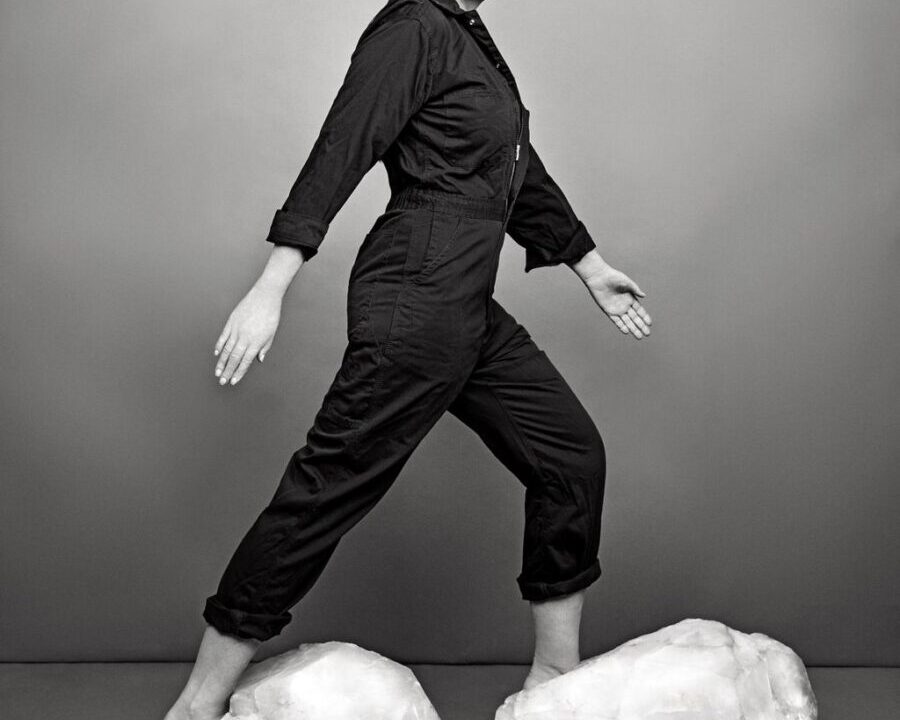Picasso & His Madoura Pottery
Pablo Picasso is one of the most renowned artists in the world, and in recent years, the public has become fascinated with his ceramic creations. Many art collectors aspire to acquire Picasso ceramics for their personal collections, and they’re available in many Florida auction houses in many of the recognized, revered, and unique Picasso styles.
While his paintings are well-known throughout the world, some art collectors don’t realize that he created thousands of pottery pieces. In the latter part of Picasso’s career, he rediscovered his love for creating with clay. He immersed himself in this art form for over two decades before he died in 1974 from heart failure in his home while entertaining guests with his wife.
Picasso loved traveling the world for inspiration in his artwork, and his adventures took him to the South of France in 1946 to attend a Pottery Convention. There the master became acquainted with Georges and Suzanne Ramié, founders of the famous Madoura pottery studio in the small town of Vallauris on the French Riviera. The connection Picasso made with this artistic couple had a profound impact on his life and career, as they formed a partnership and deep friendship where they could learn from each other and create, collaborate, and paint ceramics featuring Picasso’s unparalleled style. While he had done some sculpture and ceramics in his early career, his affiliation with the Ramiés gave him a new outlet to express himself in his matchless style.
Picasso became enamored with the scenic and quaint town of Vallauris, famous for its pottery, and moved there in 1948. Once he settled in, his dream to create more pottery became a reality when he purchased a former perfumery that had gone out of business there to transform it into his own studio. There he immersed himself in making pottery and created a voluminous amount of works, right in the heart of Vallauris, a town that has long been known for its pottery worldwide.
An Expression of a Happy Time in Picasso’s Life
Picasso’s Madoura pottery pieces are said to be reflective of an extremely happy time in his life. By the time Picasso began his concentration on Madoura pottery, World War II was over, marking the end of an extremely painful time for him due to the Nazi forbiddance of any publicity or the ability to exhibit his art. Once the war had concluded, Picasso experienced a sense of freedom to follow his passion for Madoura pottery creation, and his works exhibit a visible sense of exhilaration and happiness.
It was in the Madoura pottery studio where he met a young woman nearly 30 years his junior, Jacqueline Roque, who was employed at the workshop. Jacqueline eventually became his second wife after Picasso pursued her for a span of many months, giving her a rose every day and even painting a chalk drawing on the side of her residence, depicting a dove to attract her attention and win her over.
Because he had been married previously to his first wife, Olga Khokhlova, the Spanish government forbade him to marry his muse, Jacqueline, until Olga died in 1955 of cancer. Jacqueline was hesitant at first to wed Picasso, having an awareness of his many infidelities. However, the two were wed at a secret ceremony in Vallauris Hall in 1961. They had two residences as man and wife. One was the castle of Vauvenargues, which is located at the base of Montagne Sainte-Victoire; the other was a hilltop mansion in Mougins. Even prior to their marriage, Jacqueline ended up being a source of inspiration for much of Picasso’s pottery work.
Picasso depicted his love, Jacqueline, in hundreds of his ceramic creations along with his beloved dog and other animal forms and faces in typical Picasso style. His playful and whimsical themes appear frequently in his over 3,500 ceramic pieces. Sculpting, fusing, painting, carving, and etching were all practices he used in his unique Madoura pottery work.
His enthusiasm for ceramics allowed him to begin creating his interesting pottery for the sake of functionality, using the pieces he created in his castle-like home. His well-regarded pottery pieces – bowls, plates, pitchers, or vases – were some of the items he often gifted to dear friends who had the good fortune of befriending him. He also marketed these functional and unmatched ceramics to the “common folk” as a more affordable option for them to own a piece of his longed-for art since his paintings had become extraordinarily coveted, not to mention pricey.
Picasso’s inspiration for his Madoura pottery work was derived from many varied sources. In addition to his love for Jacqueline, he drew upon many diverse subjects such as bullfighting, Greek mythology, animal and human faces, nature, and wildlife from which to imagine and create pottery.
Interestingly, Picasso found that ceramic work seemed less physically taxing on him than did his painting on canvas. He created a great number of pottery pieces in the Madoura workshop, many of which are painted to reveal roguish expressions in the face and/or eyes of the subject featured on the piece. One of his famous quotes, “I paint objects as I think them, not as I see them,” rings true when admiring his masterful Madoura pottery. His imagination and ability to create works of art in the ceramic medium is truly incomparable.
Ingenious Creativity with Shapes Influenced Picasso’s Pottery
In addition to the facial expressions he infused into his Madoura pottery work, he also used his ingenious creativity with shapes to develop pieces like vases that resemble the female form or water pitchers that look like a fish, tiny bird, or an owl. These types of fanciful traits in his artistic style draw art collectors around the world to Picasso’s Madoura pottery works. His esteemed reputation and vast arsenal of mediums applied to his Madoura pottery are nothing less than remarkable.
Collectors who are searching for some of Picasso’s pottery to add to their collection can attend art auctions in Dania Beach, Florida, for the opportunity to view and purchase these esteemed creations. A Picasso Madoura pottery piece is a stunning addition to any art lover’s collection.
Selling the Works by Picasso?
Do you have works by Pablo Picasso that you are interested in selling, appraising, or consigning? Call Joshua Kodner today, and ensure you receive the true value of your property.





